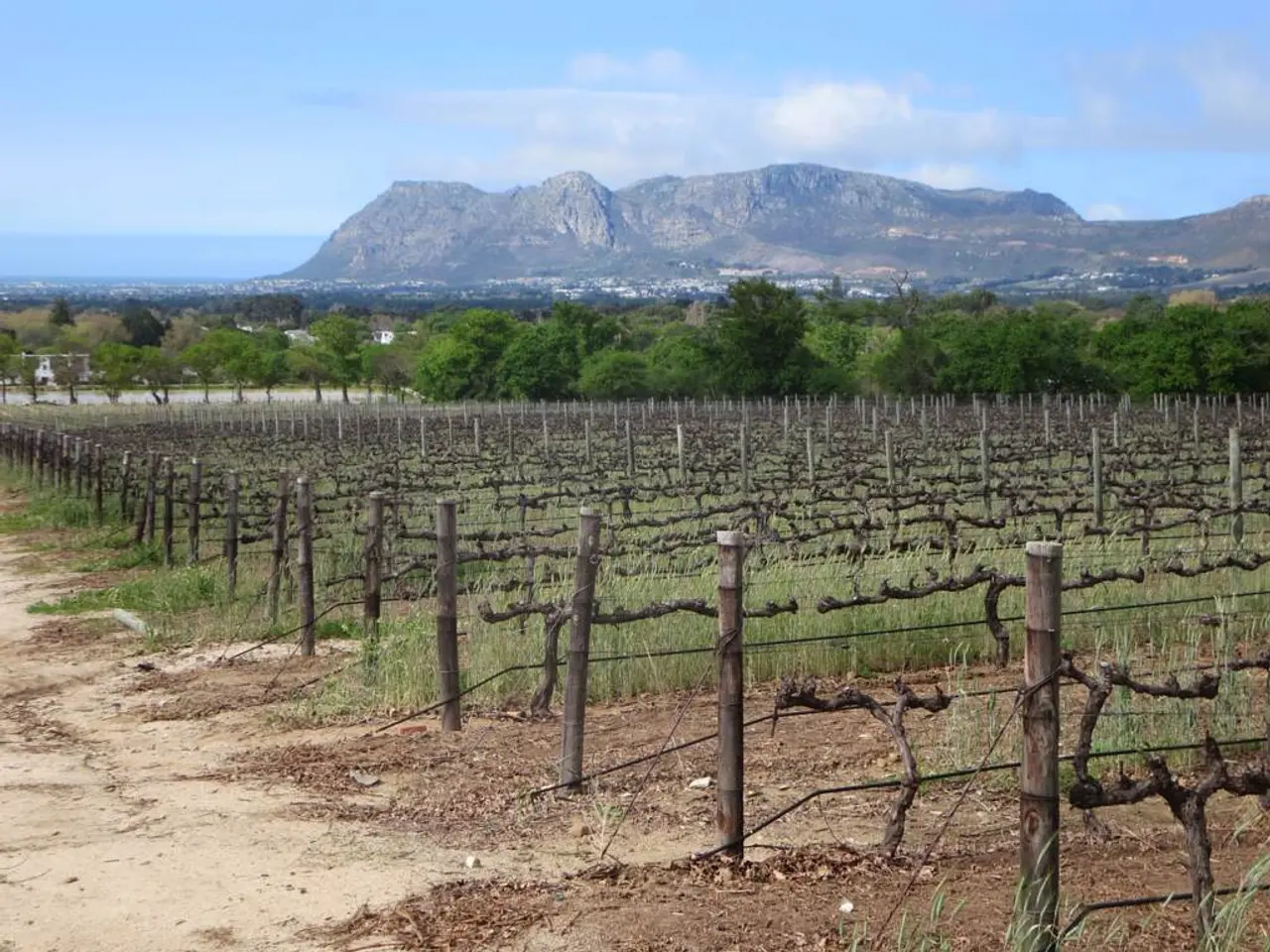Farmland Values and Lease Rates in Western Ohio for the Years 2014-2015
In a recent study conducted in 2015, it was found that cropland values and cash rents in northwestern and western Ohio have experienced notable decreases. The study, titled "Western Ohio Cropland Values and Cash Rents," surveyed professionals with knowledge of Ohio's cropland values and rental rates.
The study revealed that the average cropland in northwest Ohio is expected to rent for $175 per acre in 2015, a year-over-year decrease of 6.2 percent. The average value of this cropland is expected to be $6,718 per acre, a projected decrease of 9.1 percent. Yields for average producing cropland in northwest Ohio average 168.7 bushels of corn per acre or 49.9 bushels of soybeans per acre.
Poor performing cropland in the region is expected to rent for $128 per acre, a decrease of 7 percent, and be valued at $5,105 per acre, a decrease of 11.9 percent. Yields for poor performing cropland equal 135.5 bushels of corn per acre or 38.4 bushels of soybeans per acre.
Top performing cropland in northwest Ohio is expected to rent for $234 per acre and be valued at $8,733, both representing decreases of 6.1 and 6.7 percent respectively from 2014. Yields for top performing cropland average 202.1 bushels of corn per acre or 62.4 bushels of soybeans per acre.
In western Ohio, average cropland is expected to rent for $199 per acre and be valued at $7,315 per acre, both representing decreases of 6.9 and 7.2 percent respectively from 2014. Top performing cropland in western Ohio is expected to be valued at $9,190 per acre, a decrease of 5.5 percent from 2014. Rents in the average cropland category in western Ohio are expected to equal 2.4 percent of land value in 2015.
The region in Ohio that expected the largest declines in 2015 for prices of unimproved farmland and rents for these lands was the northwest region. Cash rental rates are primarily determined by the expected return from producing crops on a farm parcel and the variability of that return. Factors contributing to the expected crop return and the variability of that return include land quality, fertility levels, drainage/irrigation capabilities, size of farm/fields, shape of fields, previous tillage systems or crops, field border characteristics, wildlife damage potential, buildings and grain storage availability, location of farm (including road access), USDA Farm Program measurables, services provided by the operator, conditions of lease, payment dates, reputation of landowner/operator, special contracts, and secondary factors.
The study results are based on the 114 surveys returned, analyzed and summarized. It's important to note that cropland values and cash rents vary significantly across the state, with western Ohio cropland values and cash rents differing from much of southern and eastern Ohio.
In conclusion, the study reveals that cropland values and cash rents in northwestern and western Ohio have experienced significant decreases in 2015. Farmers and landowners in these regions may want to consider these changes when making decisions about their operations.
Read also:
- Peptide YY (PYY): Exploring its Role in Appetite Suppression, Intestinal Health, and Cognitive Links
- Toddler Health: Rotavirus Signs, Origins, and Potential Complications
- Digestive issues and heart discomfort: Root causes and associated health conditions
- House Infernos: Deadly Hazards Surpassing the Flames








